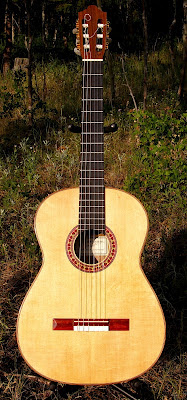Posts
Showing posts from July, 2012
Axe and Draw Knife Work at Caribou Ranch Open Space
- Get link
- X
- Other Apps
The Ten String Classic Guitar-My Latest Obsession, Part 2
- Get link
- X
- Other Apps
Logging, Logger Boots and a Plumb Brand "Hudson Bay" Axe
- Get link
- X
- Other Apps
For Sale: Handcrafted Classical Guitar, Sitka Spruce/Black Walnut
- Get link
- X
- Other Apps





